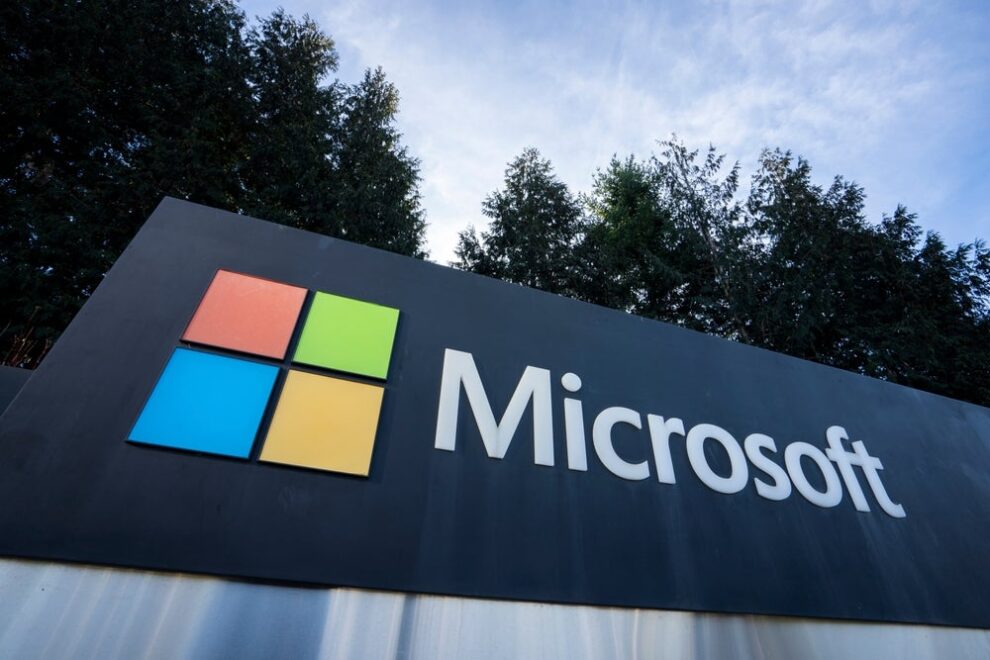
On May 15, 2024, Microsoft published its latest Environmental Sustainability Report, the first from Big Tech covering the AI boom.
The key takeaway is that Microsoft is not on track to meet its 2020 pledge to become carbon-negative by 2030 due to rising Scope 3 emissions.
Microsoft’s 2023 emissions are up nearly a third from a 2020 baseline. In 2023, Microsoft’s Scope 1 and Scope 2 emissions fell by 6%. However, Microsoft’s Scope 3 emissions—which make up almost all of the company’s total emissions—increased by over 30%. The company must halve its Scope 3 emissions from a 2020 baseline if it wants to become carbon-negative by 2030.
Why did Scope 3 emissions rise?
Microsoft said the rise in Scope 3 emissions “primarily comes from the construction of more data centres and the associated embodied carbon in building materials, as well as hardware components such as semiconductors, servers, and racks.”
AI, along with the continued adoption of cloud services, is driving Microsoft’s global data centre expansion. Building AI data centres is proving just as much an emissions problem as using them.
OpenAI’s release of ChatGPT in November 2022 sparked unprecedented AI adoption, innovation, and investment. Microsoft has bet big on AI, including a $13bn investment in OpenAI. The company has also integrated its Chat-GPT-powered CoPilot—a real-time AI assistant designed to boost productivity—into its flagship Office 365 suite.
Access the most comprehensive Company Profiles on the market, powered by GlobalData. Save hours of research. Gain competitive edge.

Thank you!
Your download email will arrive shortly
We are confident about the unique quality of our Company Profiles. However, we want you to make the most beneficial decision for your business, so we offer a free sample that you can download by submitting the below form
By GlobalData
Visit our Privacy Policy for more information about our services, how we may use, process and share your personal data, including information of your rights in respect of your personal data and how you can unsubscribe from future marketing communications. Our services are intended for corporate subscribers and you warrant that the email address submitted is your corporate email address.
Microsoft’s latest report shows the company’s AI push is so far proving incompatible with its 2030 carbon-negative goal.
What will Microsoft do about Scope 3 emissions?
Microsoft has announced 80 new measures to reduce Scope 3 emissions, including requiring a ‘high volume’ of its suppliers to use 100% carbon-free electricity for Microsoft’s goods and services by 2030.
On data centres, Microsoft aims to minimise peak power consumption, maximise server density, and harness unused power more effectively. Microsoft’s new data centres will also consume zero water for cooling and achieve LEED Gold certification.
These initiatives form part of Microsoft’s five-pronged strategy to reduce Scope 3 emissions in 2024:
- Improve the measurement of emissions to enable better insights and action
- Implement data center innovations to increase efficiency
- Form partnerships to accelerate technology breakthroughs, including in greener steel, concrete, and fuels
- Build markets to accelerate these technology breakthroughs
- Engage in public policy advocacy
Of the five strategies, Microsoft has said challenges around the development of “greener concrete, steel, fuels, and chips” remain the main barrier to bringing down its Scope 3 emissions.
Interestingly, Microsoft believes AI can help reduce Scope 3 emissions, such as by enabling the more accurate mapping of climate change and accelerating sustainable battery development. However, such measures will not offset the significantly negative environmental effects of this highly carbon-intensive technology.
Why AI will force Big Tech will renege on climate targets
Microsoft made its commitment to be carbon-negative by 2030 back in January 2020. Apple, Alphabet, and Meta soon followed suit, pledging to achieve carbon neutrality by the same year. Although it was Amazon in 2019 that became the first Big Tech company to commit to net-zero emissions, albeit with the least ambitious—but more realistic—target year of 2040. All of these targets were set before the explosion in demand for AI services.
Speaking recently with Bloomberg, Microsoft president Brad Smith said the company’s 2020 pledge was a “carbon moonshot” and now with AI, “the moon is five times as far away as it was in 2020”. Despite this, Microsoft is sticking to its carbon-negative commitment.
AI will only become more powerful and thus carbon-intensive in the coming years. Microsoft CEO AI Mustafa Suleyman predicted large language models will become a hundred times more powerful than OpenAI’s GPT-4 in just two years.
Ultimately, Microsoft’s 2024 Sustainability Report is a warning of what now seems inevitable, namely that AI data centres will force Big Tech to renege on climate targets.
Big Tech is engaged in a massive game of bluff right now. Once the first player folds on its net-zero target, the rest will fall in line. It is only a matter of time.








